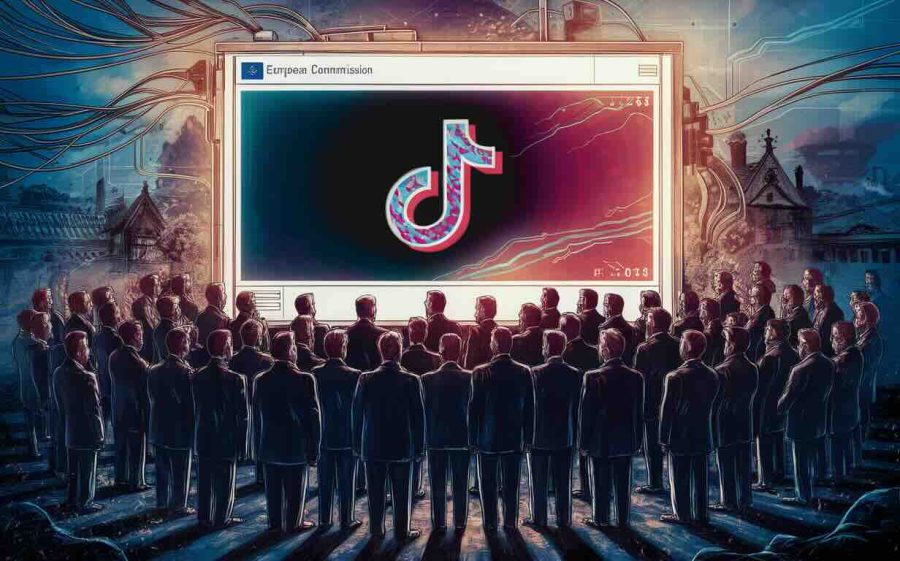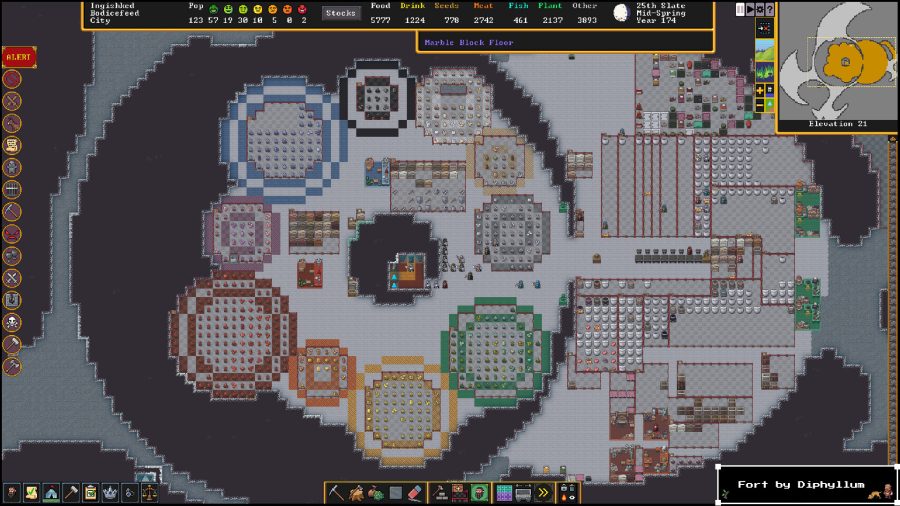I’ve become very interested in the “Universal Canvas”, a term popularized by Microsoft and subsequently analyzed by Jon Udell. First of all, here are two definitions of the Universal Canvas:
a) From a Microsoft White Paper dated June 2000, entitled Microsoft .NET: Realizing the Next Generation Internet:
“The universal canvas builds upon XML schema to transform the Internet from a read-only environment into a read/write platform, enabling users to interactively create, browse, edit, annotate and analyze information.”
b) Jon Udell’s definition, from his June 2001 article entitled The universal canvas:
“…a surface on which we view, but also create and edit, words and tables and charts and pictures.”
Udell also wrote a follow-up article in August 2001. Recently he’s begun to write further on the subject – describing some tools and methods to produce structured, semantic web writing. In particular see his OSCOM keynote.
But lets go back to the beginning, or at least the beginning of when the term ‘Universal Canvas’ started to be bandied about by Microsoft as part of its .NET push. The 2000 white paper I referred to above described how “Microsoft .NET will take computing and communications far beyond the one-way Web to a rich, collaborative, interactive environment”. The web browser was seen as a key component to this vision. In 2000 the web browser was only a “glorified read-only dumb terminal”, but Microsoft’s goal was to provide a “unified browsing, editing and authoring environment”.
However fast forward to 2003 and the web browser is less prevalant in the .NET vision. So what’s the focal point for the Universal Canvas now? Well a clue or two was given in a 2002 InfoWorld interview with Microsoft exec Jeff Raikes. He explained the universal canvas means the ability to have “data structures…converge around XML”. He said that it “…really revolves around getting to that data structure layer.” And when it comes to data, Microsoft has a whole range of Office products that collect and record it. Plus Microsoft’s Office products – for example Word and Excel – are all now XML-ized. They can all convert their data into the XML format (although some conversions are uglier than others). Add to this Microsoft’s new Office product, InfoPath, which is touted as an XML-based forms tool for writing and editing. And you can see that, rather than the universal canvas being built around the web browser, it is now an Office concept…at least for Microsoft.
The universal canvas is at the heart of what the two-way web is, and what it will become. For that reason I will continue to explore the concept over the coming weeks…










